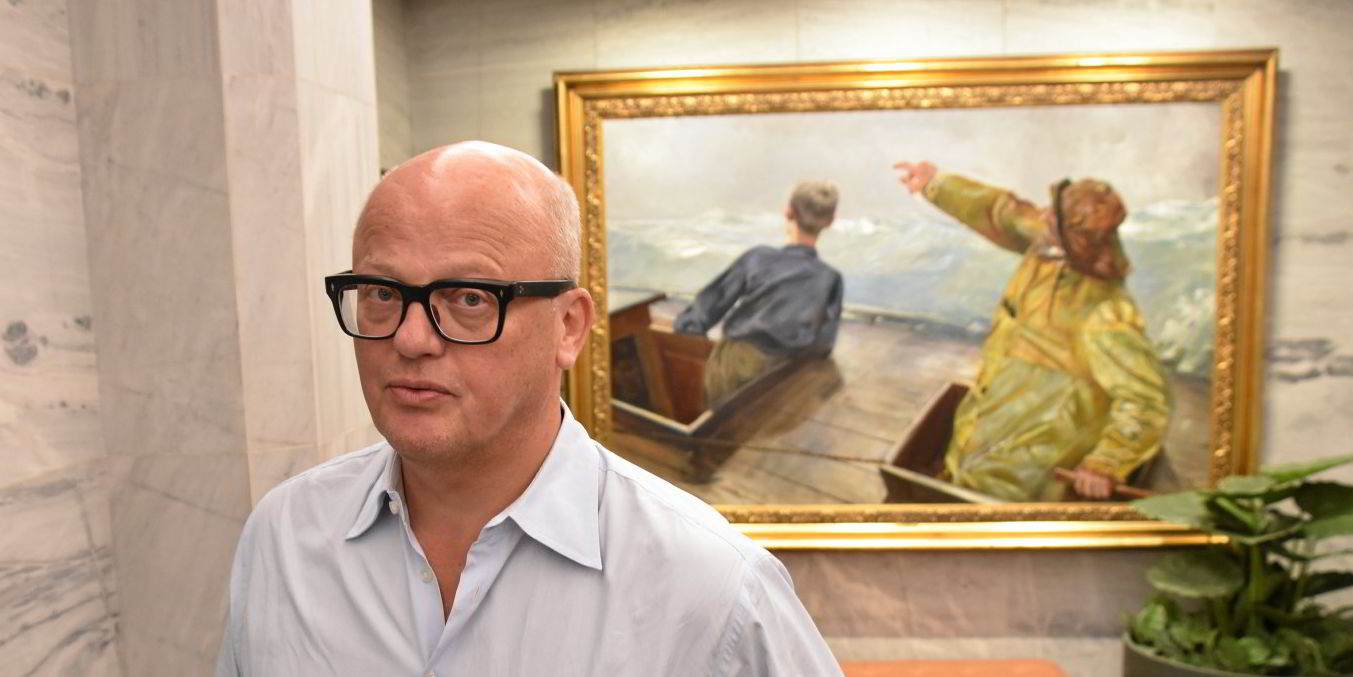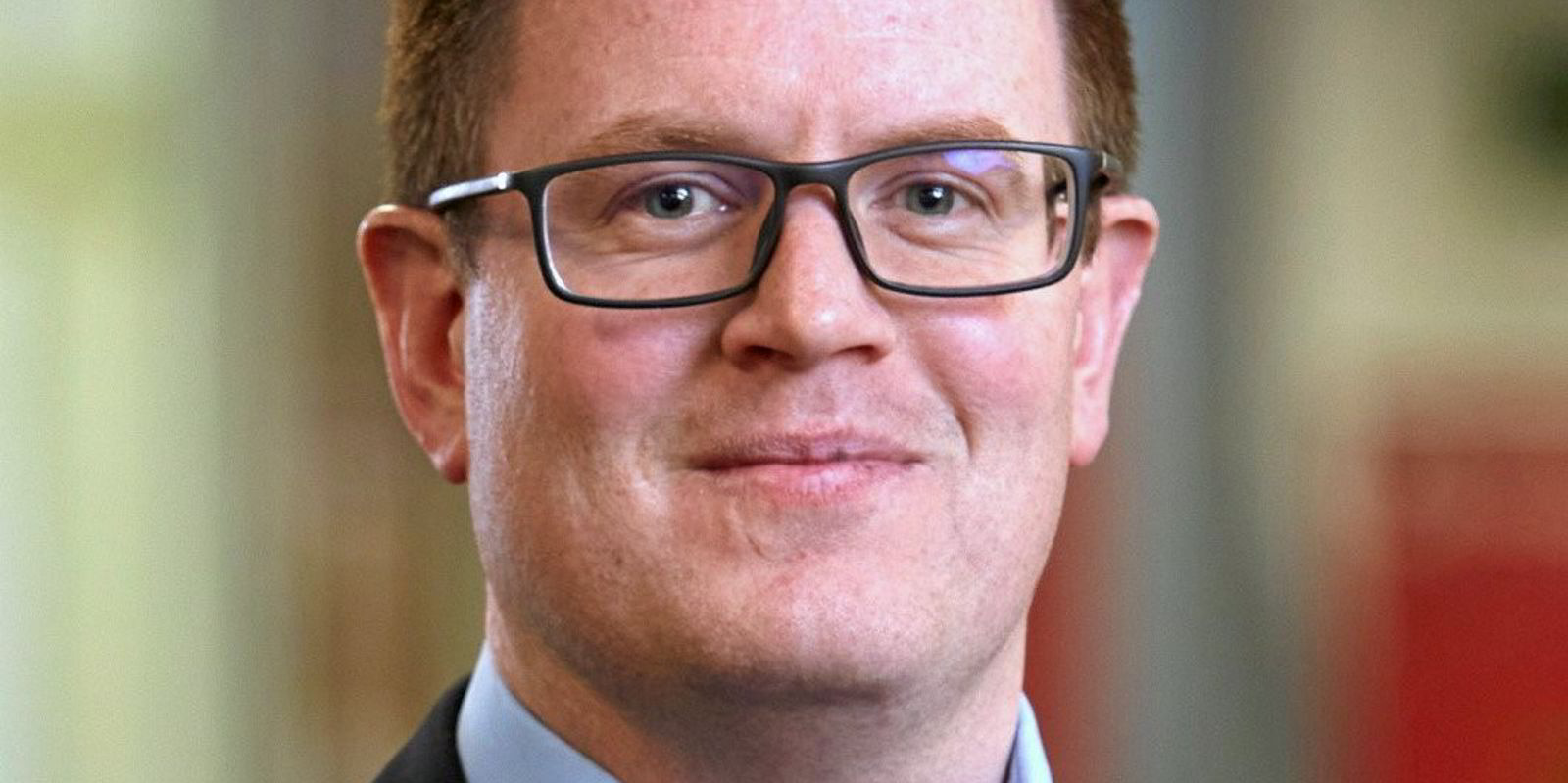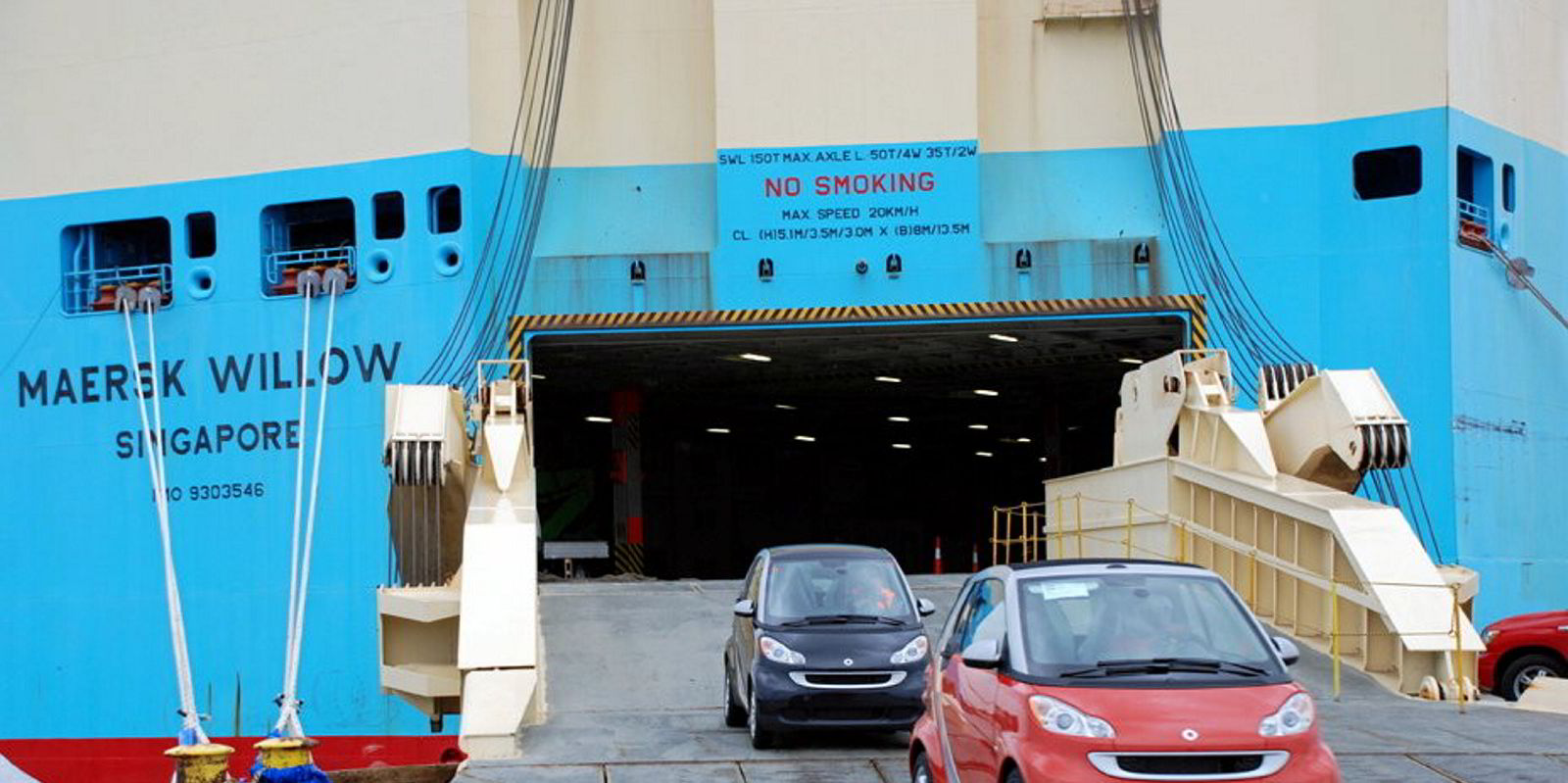Pessimistic takes are being heard on the still hot car carrier market, but count Leif Hoegh out.
During the past year, car carrier operators and tonnage providers with charter-ready tonnage have been richly rewarded with long-term fixtures. And after they mobbed shipyards in the second half of 2022, today’s orderbook has been estimated at over a quarter of the fleet on the water.
But the Hoegh Autoliners chairman does not see an imminent threat of overtonnaging.
“Demand will take care of the growth of capacity,” Hoegh said, summing up after an interview last week with TradeWinds.
On the supply side, Hoegh sees a sustained tight market because of the long lead time for deliveries, the limited number of relevant shipbuilders, and not least the high count of technically or commercially obsolete ships now on the water.
“The need for renewal after 10 years of underinvestment is not only in the number of ships but in the types of ships and propulsion systems,” he said.
On the demand side, he expects Chinese carmakers will continue to become a tonne-mile multiplier as they take international market share in personal automobile exports. Car sales volumes in the US and Europe are not especially high now, either, and can be expected to grow. Besides that, the increasing share of electric vehicle sales will put constraints on how well older ships built for older cars can serve today’s car exporters.
And customers’ environmental demands have just started to kick in and will increasingly do so, Hoegh told TradeWinds.
“Many car carriers are technically obsolete and have low CII ratings, and that will lead to a capacity shrinkage — not from scrapping but from slow steaming,” he said.
“But so far there are no demands about carbon intensity index (CII) ratings from our customers. They are still very price-oriented, and they are sensitive to transit times and schedule positions. But as for vessel efficiency, in the past, most of them haven’t even known which ship their cars were on. We believe that our customers are going to care about that increasingly.”
Future fuels
He believes Hoegh Autoliners’ decision to be among the first movers in designing ships for future fuels will give the company a competitive advantage.
The talk with TradeWinds at the shipowner’s private offices behind the royal palace in Oslo came the day after Hoegh Autoliners hosted a simulation with Kongsberg Digital to show off the digital twin of its Hoegh Aurora-class 9,100-ceu ships.
It also revealed that it plans to accelerate its future fuel plans by building diesel-ammonia dual-fuel ships for delivery by 2026. The MAN Energy Solutions engine would be among the world’s first ammonia-burning large two-stroke engines to hit the water.
Hoegh looks backwards to a decade-long history of constrained supply, as well as forwards to a changing market.
“The market as it is now is tight for several reasons,” he said, recounting an oft-told tale of a chronically underinvested and thus unmodernised fleet, one that still bears the scars of a wave of wholesale scrapping that culled a not necessarily very selective 18% of the fleet over 12 months.
On top of slack revenue, the costs of antitrust enforcement prevented the industry from investing in fleet renewal.
Dawn raids
Hoegh was reluctant to comment on the international “dawn raids” of 10 years ago over cartel activities in the industry. These did not affect Hoegh Autoliners, but they took an estimated $2bn to $3bn of equity out of the car carrier industry as a whole, in the form of fines, compensation to customers who filed civil suits, and price cuts to customers, leaving little dry powder for renewal.
In Japan, renewal was also hampered by the fact that the big three shipowners of Mitsui OSK Lines, Kawasaki Kisen Kaisha and NYK Line had been doubly exposed to the car carrier and container ship liner markets while both liner businesses were struggling.
With that backdrop, none of the players were in a position to prepare for the recent and ongoing multiple challenges of a post-Covid rebound, a growing share of electric vehicles, and a growing share of long-haul China exports.
Hoegh sees last year’s wave of newbuilding orders as only partially addressing the demand that those factors are creating.
Rising newbuilding prices will also be an obstacle to overtonnaging.
“Right now, we see ships much simpler than the ones we have ordered costing as much as our ships do,” he said.





